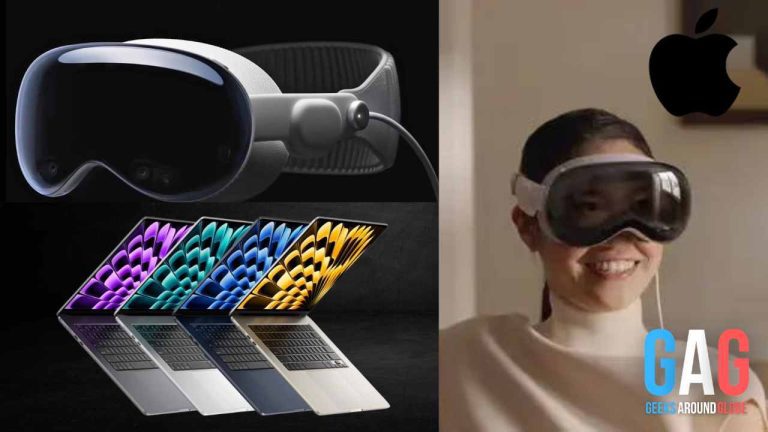Scientists have successfully walked paralyzed mise again by regrowing the spinal cord.
Researchers have made a significant scientific breakthrough by utilizing the body’s natural healing capabilities to address severe spinal cord injuries. A collaborative effort involving scientists from the University of California Los Angeles, the Swiss Federal Institute of Technology, and Harvard University has a promising spinal cord injury recovery avenue.
Identifying Crucial Neurons
Previous experiments with mice demonstrated the potential for neuron regeneration. But this breakthrough goes further by restoring motor function after spinal cord damage.
The research was featured in the journal Science. It focused on a specific spinal cord injury known as Brown-Séquard syndrome. Brown-Séquard syndrome typically results in the loss of sensation on one side of the body, often accompanied by an inability to walk.
Remarkably, individuals with this injury can regain their walking ability. This is partially due to neurons in the spinal cord bridging the damaged area and reestablishing communication with muscles.
The main discovery is that specific neurons can regenerate on their own. The challenge was to identify which neurons were responsible for this recovery process.
Classifying Neurons for Effective Recovery
Researchers identified a specific class of neurons, categorized by their ability for short-distance communication within the body and long-distance communication with the brain. Armed with this knowledge, the next step was to test the integration of these neurons into mice with spinal cord injuries to restore their mobility.
Overcoming Communication Barriers
Initial attempts revealed that the implanted neurons could communicate locally but fell short of connecting with the brain. To address this issue, researchers introduced chemical signals that guided the neurons. It effectively provides them with a roadmap to the injury sites that require reconnection. This strategic intervention successfully bridged the gap between neuron regeneration and the restoration of motor functions in the mice.
A Glimpse into the Future
This groundbreaking research opens the door to further investigations into human spinal cord injury repair. Repairing injured spinal cords and recovering from CNS injuries and diseases may be possible using this work. And its foundations despite the challenges presented by larger mammals.
Also read:







